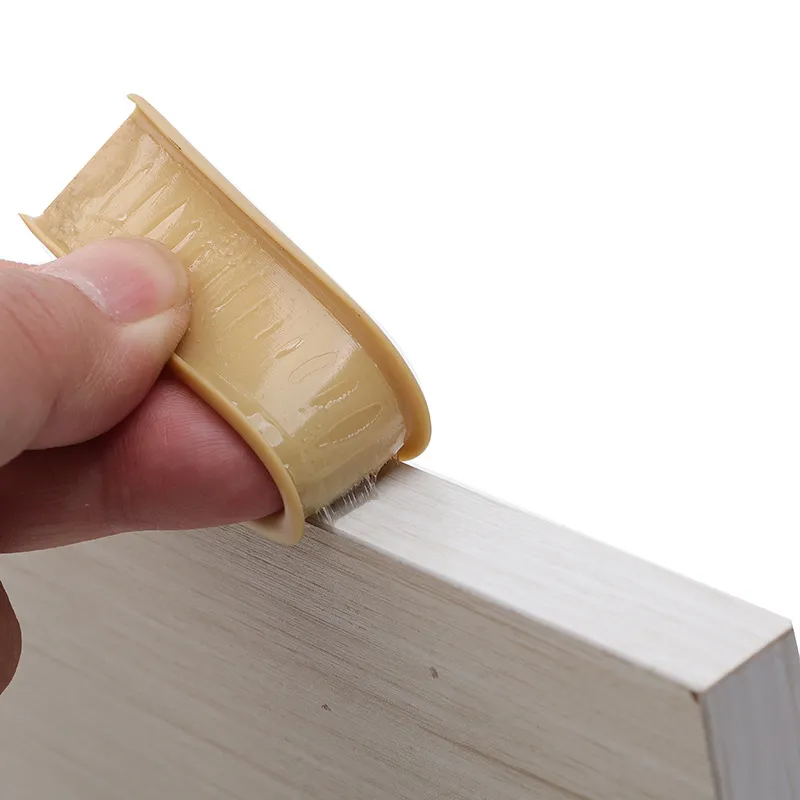Benefits of Stair Nose Edging for Enhanced Safety and Aesthetic Appeal
The Importance of Stair Nose Edging in Interior Design
When it comes to home design, every detail matters, and one often overlooked feature that can greatly impact both aesthetics and safety is the stair nose edging. This element is not just a functional component but also a key design feature that can elevate the overall look of your staircases. In this article, we will delve into the significance of stair nose edging, its benefits, types, and tips for choosing the right one for your home.
What is Stair Nose Edging?
Stair nose edging refers to the material used to finish the front edge of stair treads. It serves several purposes, including providing a safe transition between the stair tread and the riser, protecting the edges of the stairs from wear and tear, and enhancing the overall visual appeal of the staircase. Available in various materials such as wood, vinyl, metal, and laminate, stair nose edging can be tailored to match or complement the flooring and decor of any home.
Importance of Stair Nose Edging
1. Safety First One of the primary functions of stair nose edging is to enhance safety. Stairs can be hazardous when wet or cluttered. A well-designed stair nose edging provides a visible ledge that helps prevent slips and falls, making the stairs safer for family members and visitors.
2. Durability and Protection Stair edges are prone to damage due to frequent foot traffic. Stair nose edging acts as a protective barrier, helping to prevent chipping, cracking, and wear on the stair treads. This proactive approach reduces the need for frequent repairs or replacements, thus extending the lifespan of your stairs.
3. Aesthetic Appeal Aesthetic consistency is crucial in interior design. The right stair nose edging can significantly enhance the style of your staircase. Whether you prefer a modern, sleek look or a more traditional finish, there are countless options to choose from. This feature can serve as a design statement, incorporating texture, color, and material that complements the surrounding decor.
4. Easy Installation Modern stair nose edging solutions are designed for easy installation. Many options are available in pre-cut lengths that can be quickly installed using adhesives, nails, or screws, making it a DIY-friendly project for homeowners. This ease of installation can save both time and money, allowing you to enhance your space without the need for professional help.
Types of Stair Nose Edging
There are several types of stair nose edging available on the market to meet various aesthetic and functional needs
stair nose edging

- Wood Stair Nose Perfect for hardwood staircases, wood stair nose edging adds a classic touch and can be stained or painted to match the existing décor.
- Vinyl Stair Nose Suitable for vinyl or laminate flooring, this option is often less expensive and comes in a variety of designs.
- Metal Stair Nose Metal options, such as aluminum or stainless steel, are ideal for modern designs and offer a contemporary edge that is both stylish and durable.
- Rubber Stair Nose Common in commercial settings, rubber stair nose provides excellent slip resistance and cushioning.
Choosing the Right Stair Nose Edging
When selecting stair nose edging, consider the following factors
1. Material Compatibility Ensure the edging material complements your existing flooring in terms of style and finish.
2. Thickness and Height Choose a style that matches the height and thickness of your stair treads for a seamless transition.
3. Color and Texture Don’t forget to consider the color scheme and texture of your stairs and surrounding areas to create a cohesive look.
4. Installation Method Select a stair nose edging that aligns with your skills and tools available, or consider hiring a contractor for more complex installations.
In conclusion, stair nose edging is more than just a trim; it is an essential element in ensuring safety, protecting your stairs, and enhancing the beauty of your home. By carefully selecting the right type and style, you can make a significant impact on both the functionality and appearance of your stairway. Whether you’re renovating an old staircase or building a new one, don’t underestimate the importance of stair nose edging in your design plans.
-
Under Door Draught Stopper: Essential ProtectionNewsJul.31,2025
-
Garage Door Seal and Weatherstrips for ProtectionNewsJul.31,2025
-
Edge Banding Tape for Perfect EdgesNewsJul.31,2025
-
Table Corner Guards and Wall Corner ProtectorsNewsJul.31,2025
-
Stair Nose Edging Trim and Tile Stair SolutionsNewsJul.31,2025
-
Truck Bed Rubber Mats for Pickup BedsNewsJul.31,2025
-
Window Weather Stripping for Noise ReductionNewsJul.29,2025